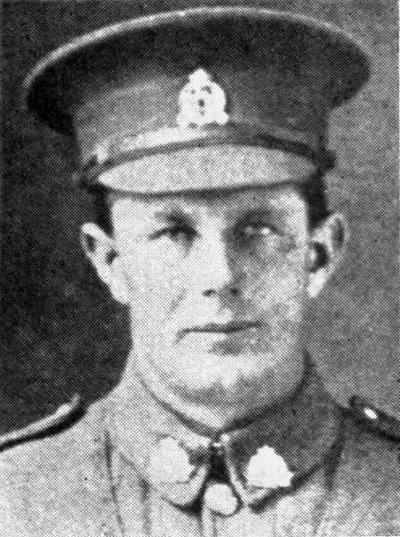
George Chaney was born in Christchurch in 1886. The son of Randolph and Sarah Chaney, he grew up in the Christchurch suburb of Riccarton, where his father worked at the local freezing works.
The Chaneys had strong ties with the Canterbury region. George’s grandfather, a stonemason, had been recruited to work on the proposed Christchurch cathedral. He arrived from England in 1850 aboard the Randolph – the second of four ships that brought settlers to the province for the Canterbury Association. George’s father, named after the ship, was born during the voyage to New Zealand.
George was working at the Canterbury By-Product Company in Sockburn when he enlisted in the army in August 1916. After completing his training at Featherston Military Camp in Wairarapa, he embarked on the Port Lyttelton on 7 December 1916 and arrived in Plymouth, England, nine weeks later.
Posted to the 3rd Battalion, Canterbury Regiment, George participated in fighting around the Belgian town of Ypres (Ieper) in 1917, some of the heaviest experienced by New Zealand troops on the Western Front. This included the bloody attacks at Passchendaele in October, during which 845 New Zealanders were killed on a single day. Having survived the carnage, George was sent for further training at the School of Instruction in early November. He rejoined his unit on 20 November but was killed nine days later. George is one of 378 men of the New Zealand Division with no known graves who are remembered at the Buttes New British Cemetery (NZ) Memorial at Polygon Wood, near the town of Zonnebeke, north-east of Ieper.

Community contributions